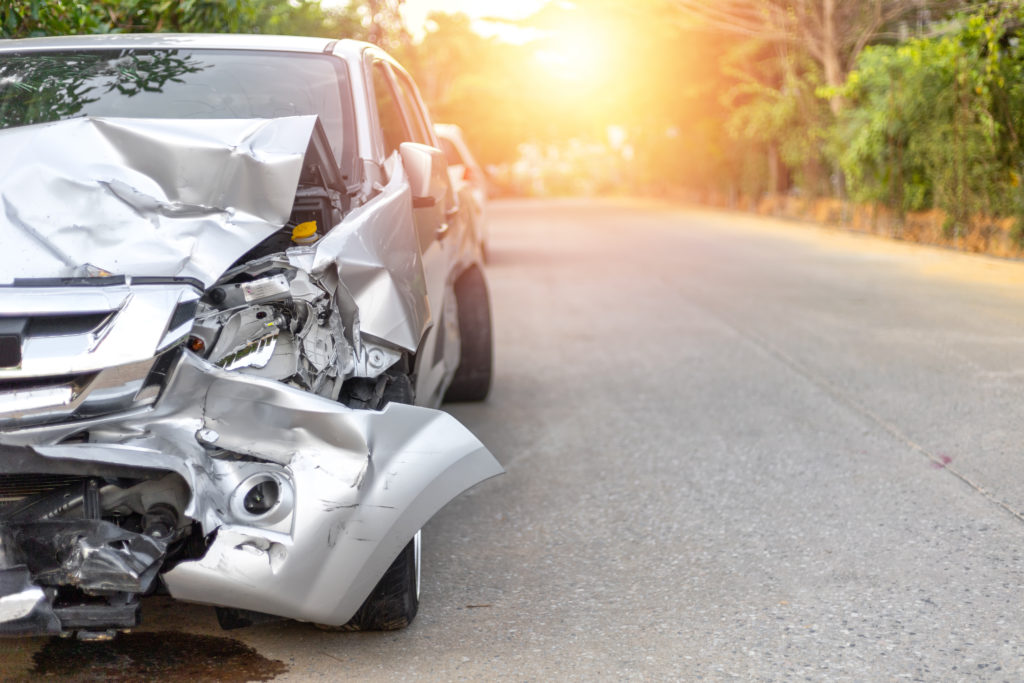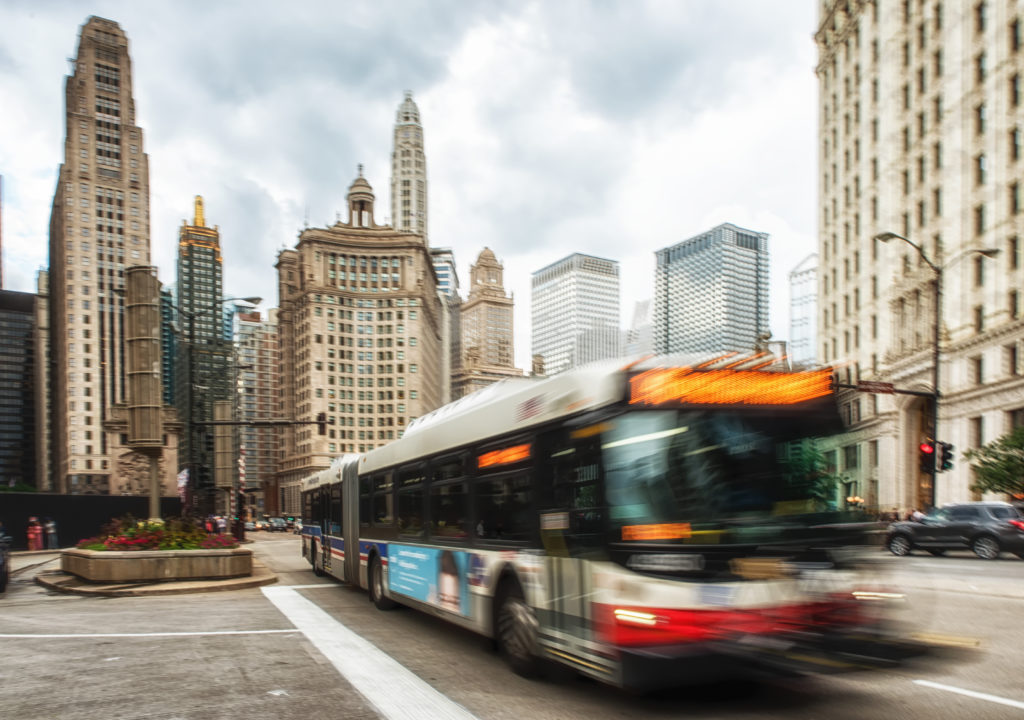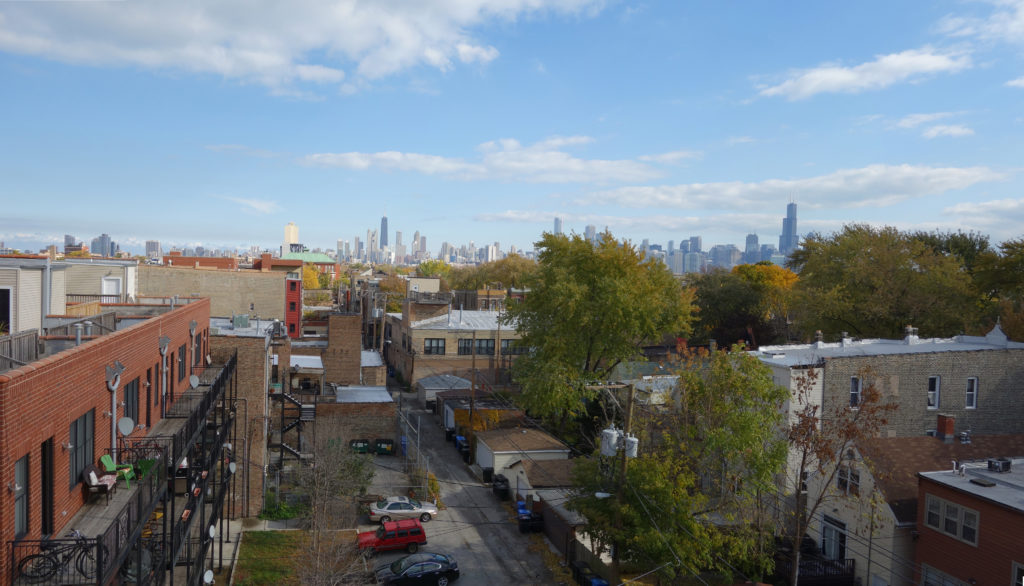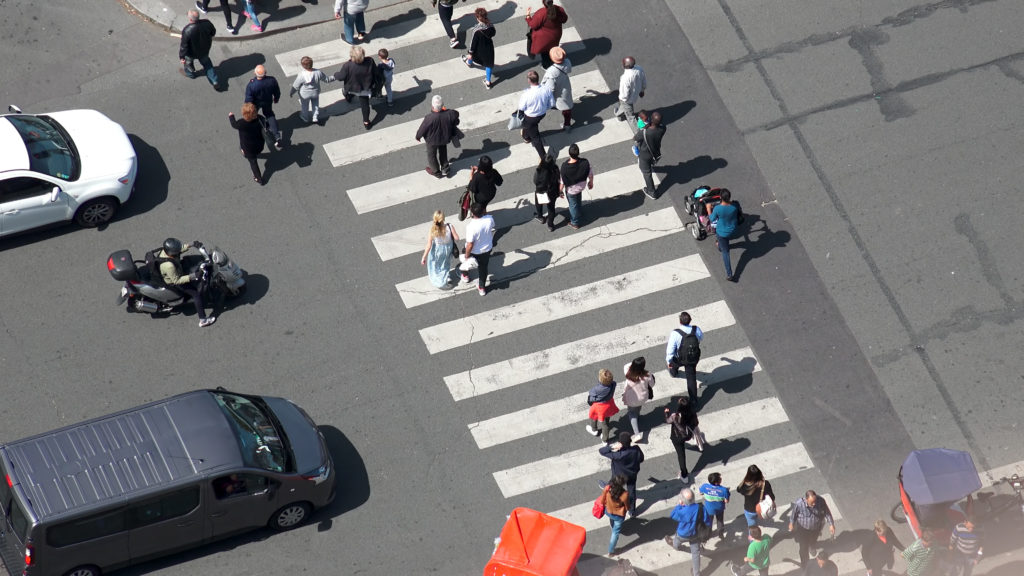
Earlier in the pandemic, we reported on findings that showed road safety had not improved, even though traffic was incredibly light during the nation’s stay-at-home mandates.
A recent study says not only are roadways not safer–they are deadly.
The National Safety Council has released preliminary data explaining that motor vehicle death rates jumped throughout May, regardless of shelter-in-home orders. Estimates show that when compared to 2019, data show a 23.5% rise in fatality rate per miles driven.
The group, which works to bring an end to the main causes of preventable death and injury, released this information during a roadway safety webinar in mid-July. It explained that per 100 million vehicle miles traveled in May, the mileage death rate was 1.47, up from 1.19 the same month in the year prior. Still, although fatality rates rose, there was a 25.5% drop in total miles driven throughout May 2020 compared to May of 2019.
“Unfortunately, the pandemic has exposed our road safety culture for what it is,” said President and CEO of NSC, Lorraine Martin. “We did not reap the safety benefits we should have experienced.”
The riskier roads at hand are now threatening to undo the traffic safety improvements made over the last few years. With three consecutive years of growing fatalities rates between 2015 and 2017, the United States had seen a gradual decline in overall traffic deaths. Now, more people are resuming their commutes to work, and traffic accidents are now the leading cause of workplace deaths.
May 2020 is the third month in a row that drivers were much more likely to die in a vehicle crash, according to NSC’s estimates. Throughout March and April, motor vehicle death rates per miles drive rose as compared to rates from the same time period in 2019. According to data, there was a 36.6% increase in death rates per miles driven in April, which also saw a mileage death rate of 1.47 per 100 million miles driven. This is up from 1.08 in 2019, although the number of miles driven decreased by 40% from April of 2019.
In March, during the beginning of the pandemic, data showed that there was a 14% increase in fatality rate per miles driven, with a mileage death rate of 1.22 per 100 million vehicle miles driven (up from 1.07 in March of the year before). This occurred even though the number of miles driven decreased by 18.6% from the same time frame in 2019.
NSC has collaborated with its SAFER task force to develop recommendations and guidance to help employers during this time, with information on safer routes and enhanced transportation safety while on the job. This resource details the reasons why employers should focus on roadway safety for their workers both during the pandemic and after.
“As motor vehicle crashes are the leading cause of workplace fatalities, transportation safety should be integral to every organization,” said Martin. “An employer’s reopening strategy is an opportunity to emphasize and reiterate the need for safe streets, as well as safe workplace transportation. Employers can make a real difference in improving safety on our roadways, helping to protect their employees, as well as other road users.”
Martin explains that although reasoning behind these high death rates may still be confusing right now, she believes that the clearer roads have persuaded many drivers to operate their vehicles with less care. National Highway Traffic Safety Administration associate administrator for research and program development, Nanda Srinivasan, said that drivers are often tempted to speed on an empty road. Additionally, many drivers may participate in impaired driving or refrain from using a seat belt.
“It’s clear that our open roads have created somewhat of an open season for reckless driving,” Martin said.
During the first five months of 2020, six U.S. states saw notable jumps in roadway fatalities–New Hampshire had a 64% increase, Connecticut 39%, Louisiana 15%, Missouri 12%, Arkansas 10%, and North Carolina 6%.
According to Srinivasan, drivers need to always keep in mind these safety fundamentals: buckle up, don’t speed, and drive sober.
Executive director of the Governors Highway Safety Association, Jonathan Adkins, also explained that a majority of crashes have some kind of behavioral factor involved, like drinking or speeding.
“The number one concern from Governors Highway Safety offices is five letters: speed,” he reiterated.
Adkins also noted that “traffic-calming infrastructure” would help the issue, which is a method of improving roadways’ physical layouts. There are specific designs that can improve overall road safety, and Adkins cited one example in which some recently-shut-down streets in Charleston have given easier access and higher safety levels to pedestrians and bicyclists.
“Traffic-calming infrastructure is fantastic,” he said. “We’re seeing this across the country, and it’s really encouraging.”
A great safety-centered resource for organizations, employers, and independent drivers to join is NSC’s Road to Zero Coalition, a group of 1,500 members working to end all roadway deaths by 2050.




